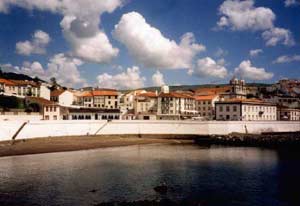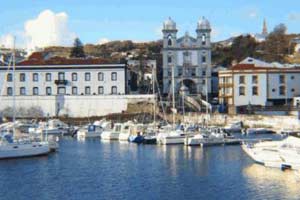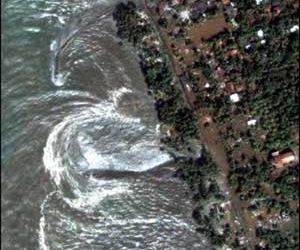 This harbor is located on Terceira Island in the Azores archipelago and has served as a bridge between Europe and the “New World” for over three centuries. As early as the 15th century, it was a stopover for Portuguese fleets returning to Europe. This site was cleverly chosen by early navigators, as it is sheltered from the prevailing winds by a range of hills.
This harbor is located on Terceira Island in the Azores archipelago and has served as a bridge between Europe and the “New World” for over three centuries. As early as the 15th century, it was a stopover for Portuguese fleets returning to Europe. This site was cleverly chosen by early navigators, as it is sheltered from the prevailing winds by a range of hills.
The port features two natural basins named Cô đuôi nheo and Mỏ neo (Angra in Portuguese), which inspired the name of this settlement. Shortly after its establishment, an impregnable defense system was built, featuring the large forts of São Sebastião and São Filipe (now known as São João Baptista).
At the same time, the city was constructed according to a unique plan:  The grid layout, characteristic of new cities, was modified to account for the predominant wind direction. Thus, Angra do Heroísmo stands as a unique example of urban planning adapted to specific climatic conditions.
The grid layout, characteristic of new cities, was modified to account for the predominant wind direction. Thus, Angra do Heroísmo stands as a unique example of urban planning adapted to specific climatic conditions.
Many Baroque-style buildings were constructed in Angra after it became the capital of the Archdiocese of the Azores in 1534: the Cathedral of Santissimo Salvador, the churches of Misericordia and Sante Espérito, and the Franciscan and Jesuit monasteries. In 1980, an earthquake damaged many of the city’s ancient structures. In 1983, the historic area of the city was inscribed on the UNESCO World Heritage List. Since then, UNESCO has sent several expert teams to assist local authorities in planning the preservation of this area as part of a comprehensive urban development program.





















































